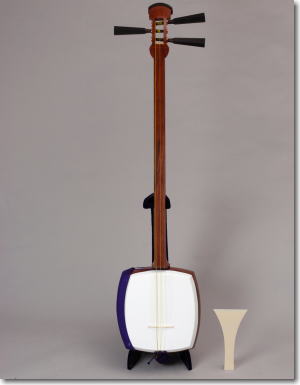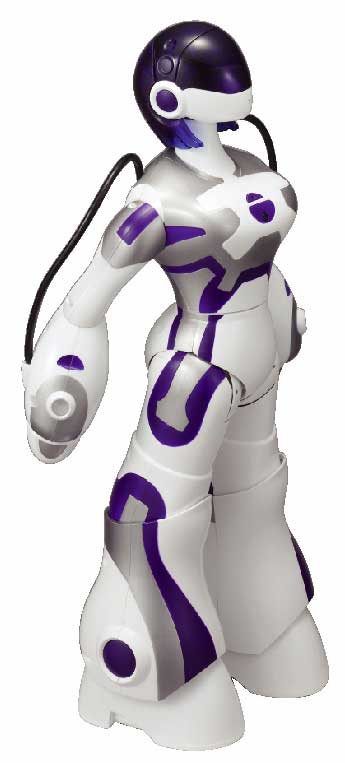Before I get into the news (yet again) I just want to wish everyone a hearty end of June. And, with this, the last day of June, comes my 40th blog post. A completely arbitrary milestone, but something still work celebrating. I forgot to celebrate the first month, so the first 40 days sounds like a good place to start celebrating. Yay JJNN!
Any way, news time. This is an interesting news story. A group from Tokyo Woman's Medical University and Juntendo University have come together to find a way to stop a recipient from rejecting a transplanted kidney. This is a breakthrough that could end up really advancing medical science.
When an organ gets transplanted into a recipient's body, the recipient sometimes goes though a process of rejection. Rejection is caused by the recipient's T-cells think that the whole organ something bad invading from the outside. T-cells are a form of white blood cells and help people when they get an infection or a something foreign enters the body. That is why when a T-cell sees an organ that used to belong to another person the T-cells attack it causing the organ damage and maybe even killing the organ. That is the process known as rejection. This process is shown in the top panel of the picture below.

The middle panel shows the normal treatment for organ rejection. The doctor gives the organ's recipient an immunosuppressant drug. That drug slows down the recipient's immune system so that the T-cells will not attack the implanted organ so strongly. The downside to this is, of course, the fact that with a compromised immune system more germs and viruses can do damage and cause sickness before they can be fought off.
The new technique does not require immunosuppressant drugs after the first few weeks. The day before the operation both the organ's donor and the recipient give blood. T-cells are than collected out of both of the samples of blood. They than mix the two different types of T-cells which end up producing a special anti-body after being left together for 2 weeks. This antibody and the T-cells are than returned back to the recipient of the organ. Those T-cells than act as a regulation agent for the rest of the T-cells. The message not to attack the new organ is transmitted to all of the T-cells in the body. This does not weaken the T-cells reaction to germs, but it makes them stop attacking the transplanted organ.
Most transplant recipients have to take immunosuppressant drugs for the rest of their lives. But, with this new process the recipient has to only take the drugs directly after the surgery. This is a great improvement. I wonder how long it will be until this process becomes a normal part of the surgical procedure for transplanting organs. It seems quick and easy and saves people with have to deal with immunosuppressants in the long run.
Apparently the medical teams have performed some experiments with monkeys 5 years ago. The results looks good because it the monkey shows no signs of rejecting the organ. So now, they are going to try the process on humans. They are going to use 3 to 5 people and see if it works. I hope that all goes well.
Any way, it is now time for the word of the day. Today's word is 腎臓(じんぞう). It is pronounced jinzou and means kidney. I always liked the shape of the kidney compared to other organs. Though I don't really like the kidney shaped beans.
That's it for today. See you next time at JJNN.



















